A two-hour drive from Kota Kinabalu to a small town, Kundasang, in Ranau district is not a bad idea to spend the weekend and unwind from a hectic work week. That's what we did today.
In particular we drove up to Desa Cattle Dairy Farm before finally checking in at Dream World Resort at Mesilau. Desa Cattle is situated about 100km from Kota Kinabalu and it is an ideal destination for the whole family. Viewed from certain perspectives, you can be forgiven to mistake it for sceneries captured at temperate countries.
In particular we drove up to Desa Cattle Dairy Farm before finally checking in at Dream World Resort at Mesilau. Desa Cattle is situated about 100km from Kota Kinabalu and it is an ideal destination for the whole family. Viewed from certain perspectives, you can be forgiven to mistake it for sceneries captured at temperate countries.
Some activities you can do there include feeding the calves with bottled milk, feeding the goats with grass, watching firsthand the milking process, and learn how milk is processed. Of course, you can take all your time enjoying the beautiful surroundings and take nice pictures.
Here's some captures from our trip to Desa Cattle dairy farm:
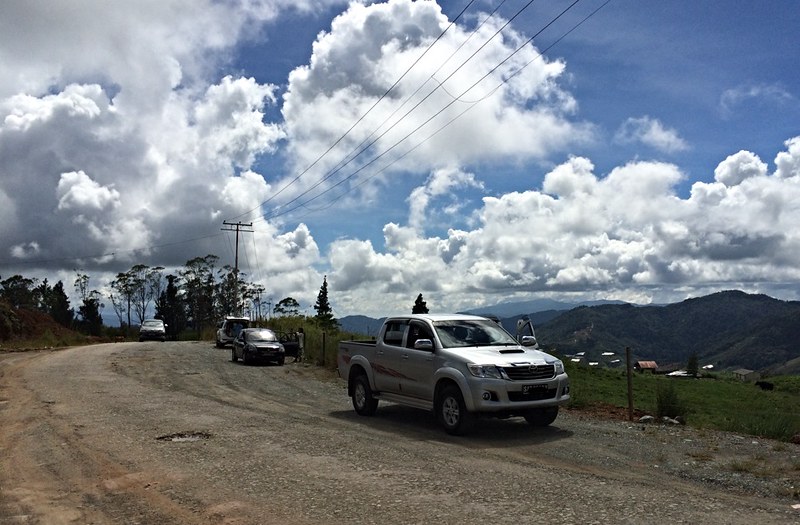
The road leading to the farm is harsh gravel but it's no more than 500m. Still it's a bit taxing for small compact cars.

Gateway to the dairy farm. Adult pay RM4.00 and children RM3.00
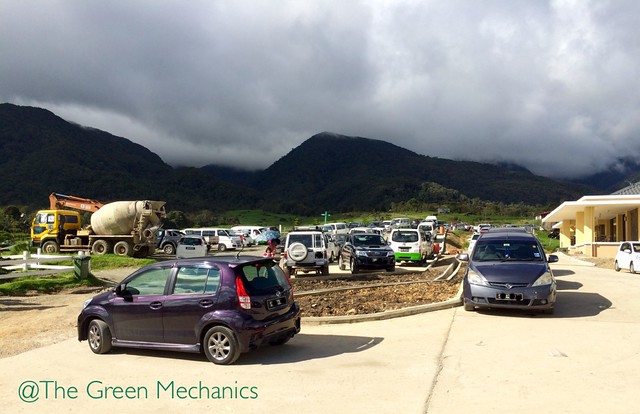
More parking space than before
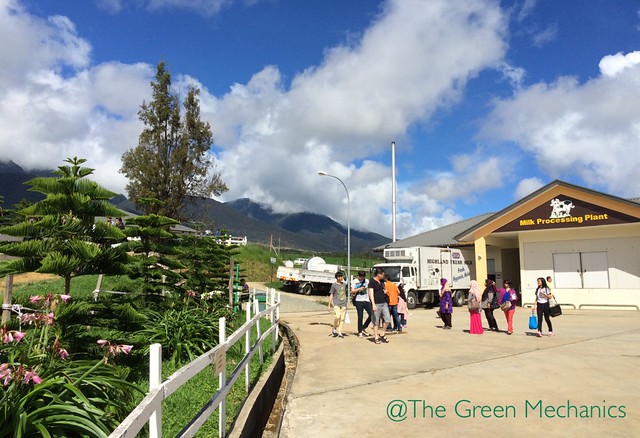
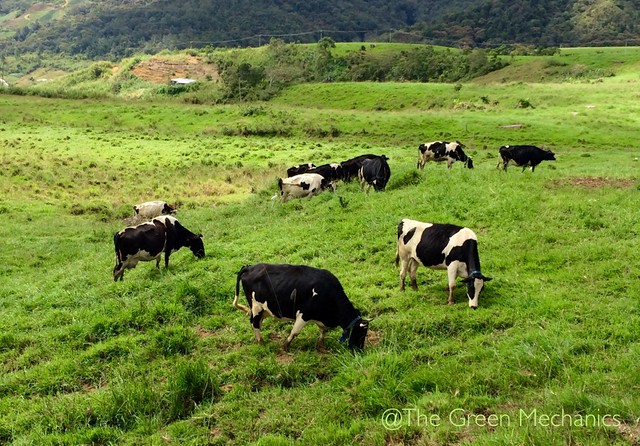
The cows are grazing further away from visitors nowadays.

The milking process

This guy loves fresh milk and grass. You can get some for a fee and help feed him.
-------------------------------------------------
Lodging:
Dream World Resort is quite new, it opened for business in May 2010 and because it is located right at the foot of Mt. Kinabalu you can expect cool and fresh mountain air with the scenic view of Kundasang town. If you are lucky enough you will be able to see the majestic mountain; more often than not, this area is enveloped by misty cloud.
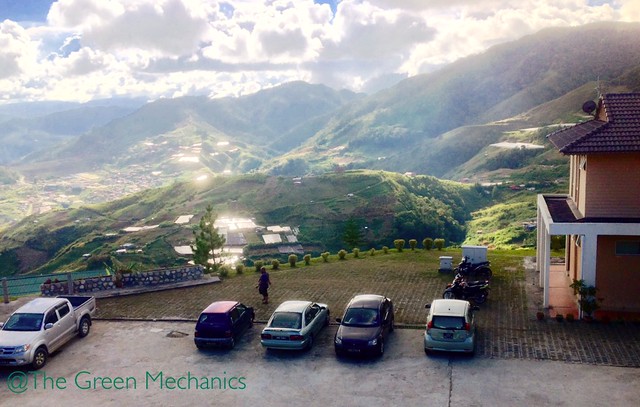
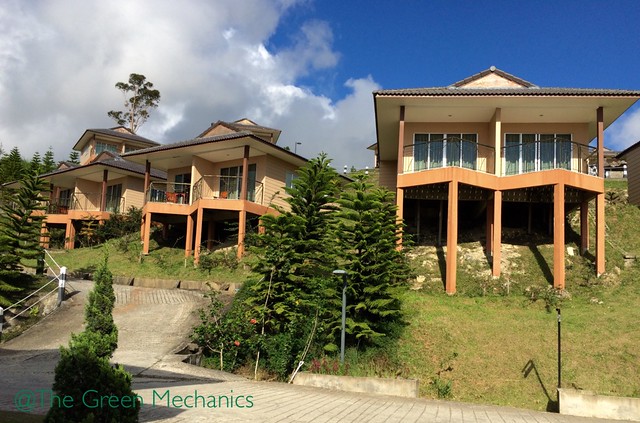
Happy Holiday!
Here's some captures from our trip to Desa Cattle dairy farm:

The road leading to the farm is harsh gravel but it's no more than 500m. Still it's a bit taxing for small compact cars.

Gateway to the dairy farm. Adult pay RM4.00 and children RM3.00

More parking space than before


The cows are grazing further away from visitors nowadays.

The milking process

This guy loves fresh milk and grass. You can get some for a fee and help feed him.
-------------------------------------------------
Lodging:
Dream World Resort is quite new, it opened for business in May 2010 and because it is located right at the foot of Mt. Kinabalu you can expect cool and fresh mountain air with the scenic view of Kundasang town. If you are lucky enough you will be able to see the majestic mountain; more often than not, this area is enveloped by misty cloud.


Happy Holiday!

 AirDrop was introduced in the iOS 8
AirDrop was introduced in the iOS 8
